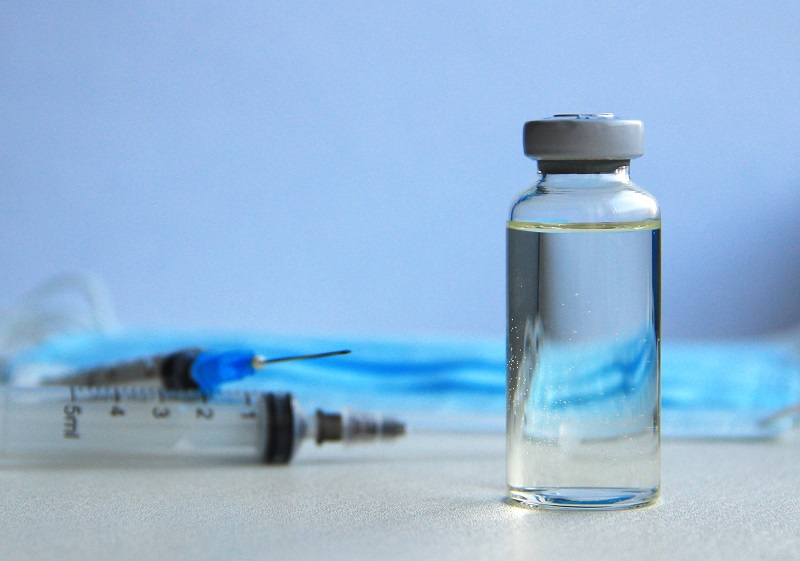Sterile water for injection (SWFI) is a key subject in medicine and is necessary for many medical procedures and therapies. Even though SWFI is simple, there are a few important facts regarding it that everyone should know and be aware of, including patients and healthcare professionals. Let’s examine these five crucial facts about sterile water for injection:

- Priority one is Sterility.
As the name suggests, sterile injection water must be free of potentially harmful germs and pollutants. Several severe production procedures, such as filtering and autoclaving, are used to attain this level of Sterility. Any loss of Sterility could seriously affect patients, causing infections and other issues. As a result, healthcare professionals need to ensure the SWFI they employ satisfies the strictest sterility requirements.
- It’s More Than Just Water
Even though SWFI seems like regular water, it has been refined and made, especially for use in medicine. In contrast to tap water, which could include bacteria and other toxins, SWFI goes through extensive purification procedures to eliminate any possible pollutants. It is also ideal for use in sensitive medical operations like reducing substances for delivery via IV or dissolving powders for injections because it contains no chemicals or preservatives.
- Flexibility in Use for Medical Application
Beyond just dissolving substances, sterile water for injection has many more medicinal uses. It is frequently used to clean wounds, prepare solutions for intravenous infusions, and reconstitute powdered medications. Due to its purity and compatibility, it is an essential component in many medical environments, such as clinics, hospitals, and emergency rooms. To guarantee patient safety and treatment efficacy, healthcare providers need to be knowledgeable about the appropriate handling and administration of SWFI.
- Requirements for Tight Storage and Handling
Despite being straightforward, SWFI must be handled and stored carefully to preserve its sterility and integrity. It should be kept out of direct sunlight and in extremely hot or cold conditions in a clean, dry atmosphere. SWFI containers must be used immediately after being opened or disposed of per the manufacturer’s instructions to avoid pollution. The right handling, storage, and disposal of SWFI must be done according to healthcare facility guidelines to reduce the possibility of microbial growth or other quality problems.
- Considerations for Patient Safety
Using sterile water for injections is ultimately focused on protecting patients. Healthcare professionals must be watchful to ensure SWFI is applied correctly and complies with established policies and procedures. This entails using aseptic techniques during administration, confirming the container’s integrity before use, and looking for any indications of contamination. When employing SWFI in medical treatments, it’s important to consider the patient’s allergies or sensitivity to chemicals or additives.
Summary
In summary, sterile water for injection is an essential component of contemporary healthcare, acting as a dependable and secure solvent for various medical uses. Healthcare professionals must comprehend its significance, properties, and appropriate handling to guarantee the security and effectiveness of patient therapies. By following stringent criteria and procedures, healthcare practitioners can buy distilled water in Adelaide that is completely pure and maximize the advantages of SWFI while lowering the dangers involved in its application.












